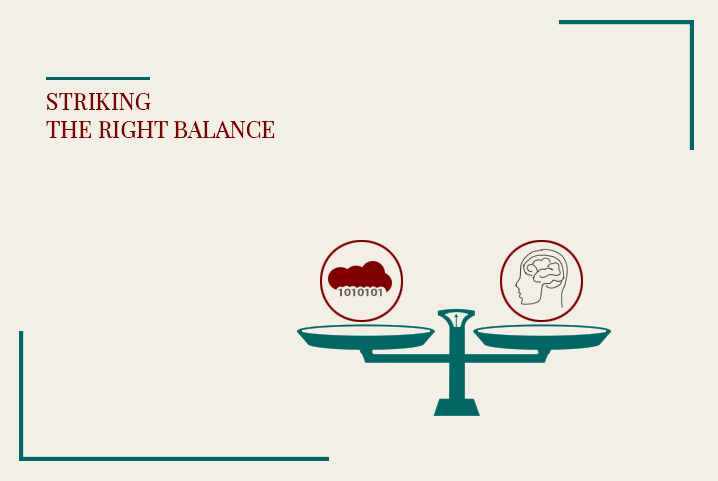How does a ‘proactive’ approach differ from a ‘reactive’ approach in terms of product development? What is their key impact on product development? And how do you strike a balance between the two? This blog is an attempt to answer all these recurring questions and more.
The digital age has transformed the erstwhile easily impressible customers into intelligent consumers. The 21st-century customers are well informed and make their research before buying products or services. Today product managers are striving to strike a balance between Proactive and Reactive product development methodologies to meet the needs as well as the desire of the ‘intelligent customers.’
Reactive Development:
Reactive development is about responding to challenges when they appear or strike. In most cases, reactive developments are inspired by external sources like changes in competitor products and customer preferences. In layman’s term reactive development is about living in the present and focusing on current challenges.
Proactive Development:
Proactive development is about finding solutions to problems and issues even before they have occurred. This approach demands a strong grasp of the bigger picture and needs to be initiated from within the company. A proactive approach is ideal for product optimization and stability. However, the only and big downside is that companies may wrongly anticipate future challenges and end up spending a good amount of valuable time and resources on it.
The difference in the approach differentiates proactive from reactive. The proactive development is self-initiated, more calculated and focused. On the other hand, the reactive approach is uninitiated and comes into play only when there is a crisis or challenge. In a nutshell, proactive development is about avoiding challenges whereas the reactive approach is about solving challenges. Both approaches have their own set of advantages.
The Reactive Advantage
- Teams can be creative and explore new features based on competitors and customer feedback.
- Teams can focus on success and worry less about other issues like backups, privacy, security, etc.
The Proactive Advantage
- Teams have a greater focus on optimization.
- Product development is a stable process.
- Product development goals are well defined.
Why Striking A Balance is Important?
As discussed both product development strategies come with their own set of advantages but striking out one in favor of another is something that enterprise and businesses cannot afford. While a proactive approach at first appears very efficient and useful, in the long term it can prove to be a shot in the dark as one might end up solving problems that never existed. Therefore it is essential to strike a balance between both the approaches.
Tips To Strike A Balance Between The Two
- Plan to Be More Reactive:This may sound odd but planning to be more reactive pays rich dividends in product development. From identifying frequently occurring issues to streamlining feedback channels, a little reactive planning can make all the difference.
- Prioritizing Reactions:Prioritize issues depending upon their impact on overall product strategy. Instead of following a FIFO approach for feedback, set proper metrics that align the feedback with the end goal and product strategy without compromising on customer experience.
- Take A Break:A “Time Out” is the best proactive thing to do. Explore the worst case and the best case scenarios that can likely happen.
The best product development strategies are a mix of proactive and reactive methodologies. They focus on the critical things that deserve attention while keeping sight of its implications on the future and accordingly adding improvements later. Pratham Software (PSI) is a proven name in offering world-class product development solutions to its outsourcing clients. If you are looking for a perfect outsourcing partner for a sustainable product transformation strategy, PSI with its experienced team of developers and consultants will serve all your needs.









